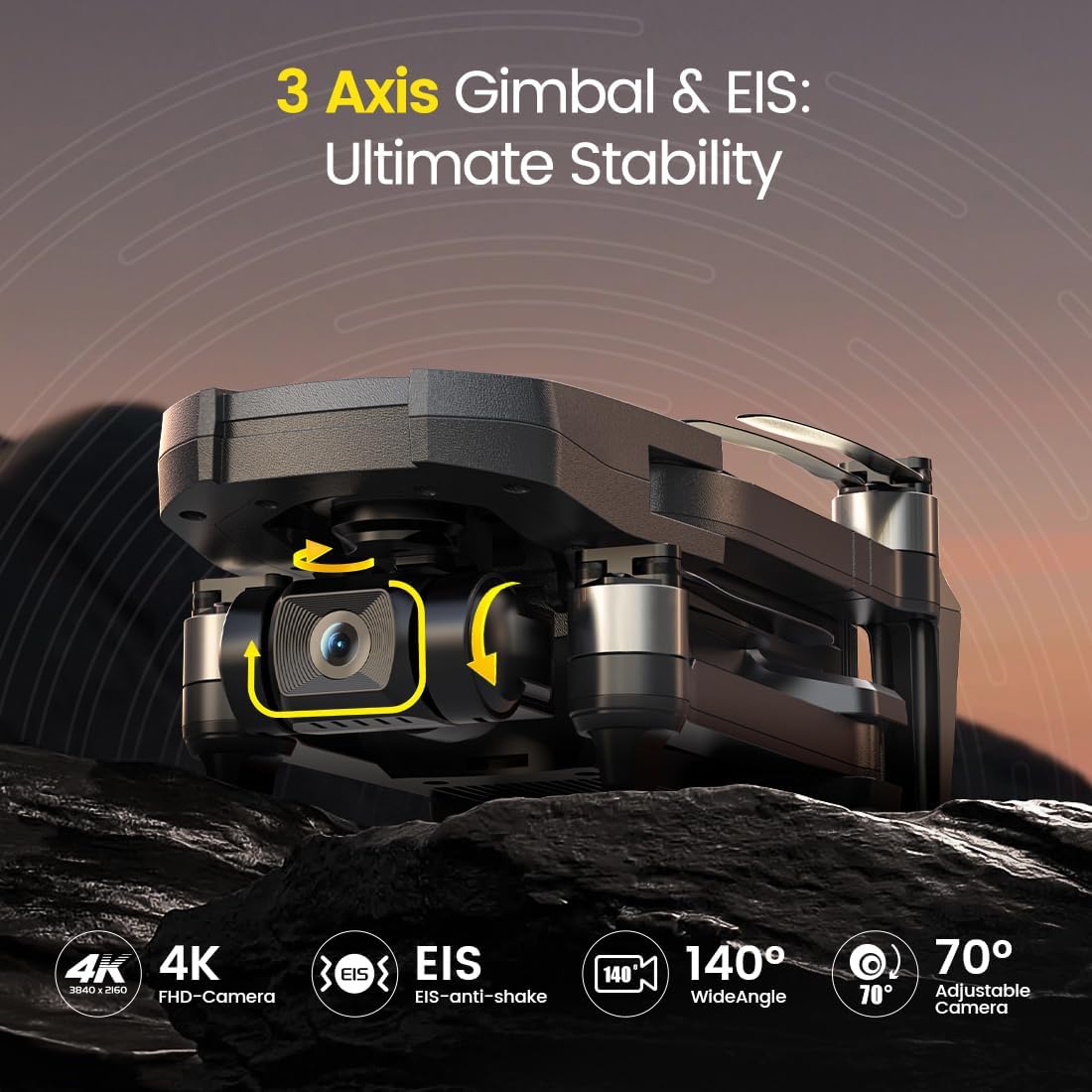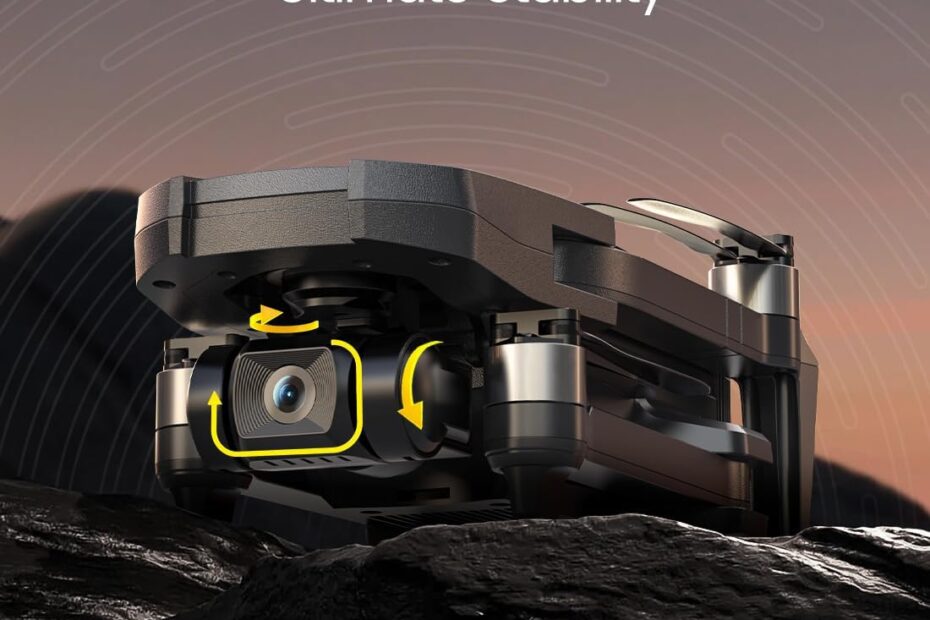In the dynamic world of aerial cinematography, capturing smooth, stable footage is paramount. Electronic Image Stabilization (EIS) plays a pivotal role in achieving this goal, revolutionizing the way we shoot from drones. This technology has transformed shaky, jittery footage into cinematic masterpieces. In this article, we’ll delve into the intricacies of EIS and how it empowers drone enthusiasts and professionals alike.
Understanding Electronic Image Stabilization (EIS)
1. The Essence of EIS
Electronic Image Stabilization is a digital processing technique that counteracts unwanted motion in video footage. Unlike traditional mechanical stabilization systems, which use physical components to steady the camera, EIS achieves stabilization through software algorithms. These algorithms analyze frames in real-time and adjust them to align with each other, resulting in a smoother, more professional-looking video.
2. How EIS Works
EIS employs a three-step process:
- Motion Detection: Sensors within the drone, such as gyroscopes and accelerometers, measure the camera’s movements.
- Image Analysis: Algorithms process this data, identifying areas of motion and calculating how the frame should be adjusted to compensate for it.
- Frame Realignment: The software subtly shifts the image to counteract the detected motion, creating the appearance of a stable shot.
Advantages of EIS in Aerial Cinematography
1. Lightweight and Compact
EIS systems do not require bulky mechanical components, making them ideal for drones. This means drones equipped with EIS can maintain a sleek, aerodynamic design while still providing exceptional stability.
2. Cost-Effective
Traditional gimbal systems can be expensive and complex to set up. EIS, on the other hand, is a software-based solution, eliminating the need for additional hardware and reducing overall costs.
3. Improves Efficiency
EIS-enabled drones allow for quicker setup and deployment. Without the need for manual adjustment of physical stabilization systems, users can focus on framing and capturing the perfect shot.
4. Versatility
EIS can adapt to various shooting conditions, providing stable footage even in less-than-ideal environments. This versatility allows for more creative freedom in capturing dynamic shots.

Limitations and Considerations
While EIS is a powerful tool, it’s not without its limitations:
- Reduced Field of View: EIS may slightly crop the image to perform stabilization, potentially reducing the overall field of view.
- Limited to Software Capabilities: EIS can struggle with excessive motion or rapid changes in direction, potentially leading to artifacts or reduced effectiveness.
Selecting the Right Drone with EIS
When choosing a drone with EIS capabilities, consider the following:
- Sensor Quality: A high-quality image sensor is crucial for excellent stabilization results.
- EIS Software Algorithm: Different manufacturers implement EIS differently. Research and test the specific EIS technology used by the drone.
- Flight Time and Battery Life: Longer flight times allow for more extended shooting sessions, which can be crucial for capturing that perfect shot.
Conclusion
Electronic Image Stabilization has redefined the possibilities of aerial cinematography. By seamlessly countering unwanted motion, EIS empowers drone operators to capture breathtaking footage with unprecedented stability. As technology continues to advance, we can expect even more sophisticated EIS solutions that push the boundaries of aerial cinematography further.
Incorporating EIS into your drone toolkit opens up a world of creative possibilities, allowing you to capture stunning, professional-grade videos that leave a lasting impression. So, grab your drone, activate EIS, and let your creativity take flight!
Holy Stone HS720R 4K EIS Review

